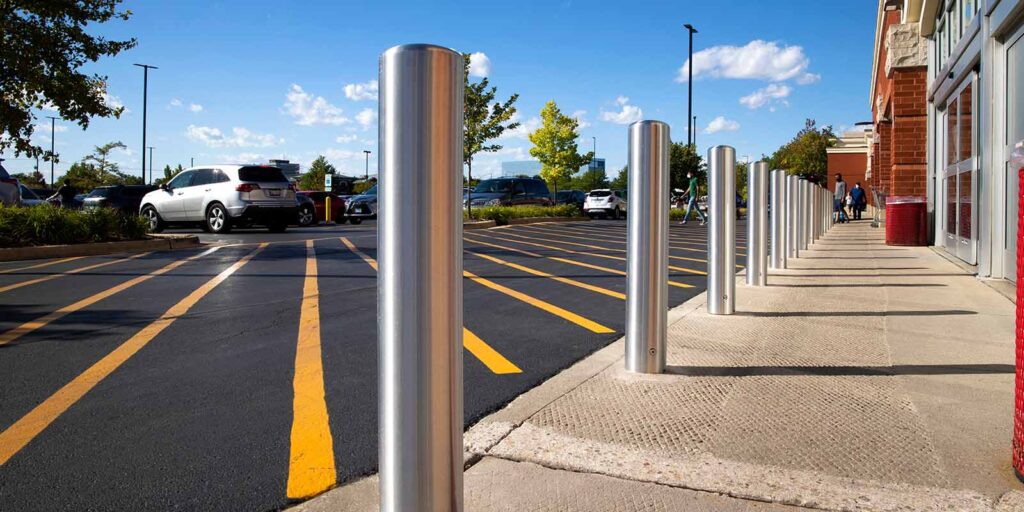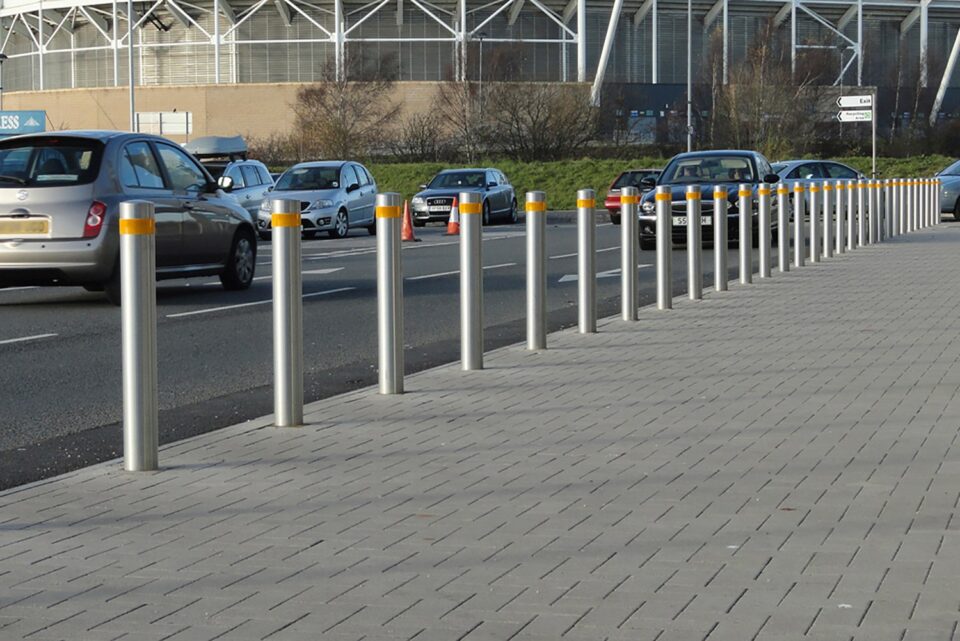Crash ratings and bollards might seem like concepts reserved for specialists, but they’re actually integral components of our daily safety and security. From mitigating vehicular threats to guiding pedestrian traffic, these safety measures silently shield us in our homes, offices, malls, and even on the streets. Understanding these concepts and their associated security standards isn’t merely a matter of professional interest—it’s a topic with direct implications on public safety, urban planning, and even architectural design.
Crash ratings, the classification system used to assess the resilience of barriers against vehicular impact, set the standards for protective structures like bollards. On the other hand, bollards—those unassuming short, sturdy vertical posts you encounter everywhere—serve as physical barriers that control traffic and protect pedestrians and properties from errant vehicles. However, these two terms represent more than their simple definitions.
They signify a system designed to prioritize our safety, illustrating the invisible yet vital components of secure public and private spaces. This article aims to unravel these often overlooked, yet essential elements of urban safety, enhancing your understanding of crash ratings, bollards, and the security standards they adhere to.
Understanding Crash Ratings

Crash ratings are typically evaluated using a set of standardized tests developed by various international agencies, including the American Society for Testing and Materials (ASTM), the International Organization for Standardization (ISO), and the U.S. Department of State. These tests classify barriers, including bollards, based on their ability to halt vehicles of different weights traveling at various speeds. A higher crash rating signifies a stronger barrier capable of stopping heavier vehicles moving at high speeds.
For example, under the ASTM F2656-07 standard, a barrier with an M50 rating is capable of stopping a 15,000 lb (approximately 6804 kg) vehicle traveling at 50 mph (approximately 80.47 kph). In contrast, a barrier with a K12 rating under the Department of State’s SD-STD-02.01 standard can halt a 15,000 lb vehicle moving at 50 mph, while a K4 rating can stop the same vehicle at 30 mph (about 48.28 kph).
As per a report by the International Association of Certified Home Inspectors (InterNACHI), the number of vehicles on the road worldwide surpassed 1.4 billion in 2020. This represents a significant increase from just over 1 billion in 2010, emphasizing the growing need for effective safety measures.. The increase in vehicles on the road heightens the risk of potential vehicular accidents, underscoring the importance of reliable and effective crash-rated barriers in various settings.
What is a Bollard?

Bollards, those stout vertical posts you encounter in many places, play a key role in controlling traffic and protecting pedestrians, buildings, and other structures from vehicle intrusions. The term “bollard” originates from the maritime industry, where bollards referred to the posts on a ship or quay used principally for mooring. In the modern urban landscape, they serve as practical, unobtrusive safety solutions that subtly merge with the surroundings.
Bollards come in various types, each designed to serve specific functions. Fixed or static bollards are permanently installed into the ground and provide a robust barrier against vehicles. Removable bollards can be manually detached and reattached, allowing temporary access to vehicles when required. A retractable or collapsible bollard is designed to sink into the ground or fold down when access is needed, then rise back up to form a barrier, often operated by remote control or a security system. Lastly, automatic bollards are technologically advanced versions of retractable bollards that can be controlled wirelessly or programmed to operate at certain times.
Each bollard type is suitable for different situations. For instance, fixed bollards are ideal for protecting storefronts, while retractable bollards might be used in areas that require flexible access control, such as emergency vehicle lanes. Bollards aren’t just about function—they can also be designed to enhance aesthetics. With varying materials, shapes, sizes, and colors, they can blend seamlessly into the architectural landscape, providing security while maintaining visual harmony.
Crash Ratings and Bollards

When a bollard is assigned a crash rating, it signifies that the bollard has undergone rigorous testing and has proven capable of stopping a vehicle of a specific weight at a certain speed. The crash rating serves as a benchmark for the bollard’s performance, durability, and reliability.
This correlation between crash ratings and bollards greatly influences the planning and design of secure spaces. For instance, a high-security area like a military base or a government building would necessitate bollards with high crash ratings to ensure maximum security. On the other hand, a lower-risk area, such as a commercial storefront, might implement bollards with lower crash ratings that are sufficient for typical vehicle threats.
The National Safety Council found that bollards and other physical barriers reduced vehicle-into-building crashes by up to 40% in areas where they were implemented. This significant decrease in incidents emphasizes the pivotal role that bollards play in ensuring public safety and property protection. By appropriately implementing crash-rated bollards, we can significantly enhance the safety of our spaces, thereby reducing the likelihood of vehicle-into-building accidents.
The interplay between crash ratings and bollards forms the foundation of our safety infrastructure in urban environments. Gaining insight into their operations and the value of complying with security norms is key in fostering safer, more secure surroundings. As we venture further into an era marked by rapid technological progress, these elements will continue to adapt and reinforce our evolving society.

